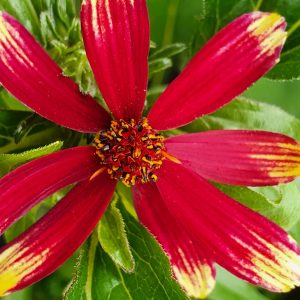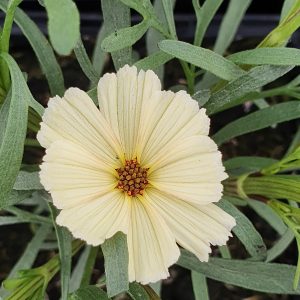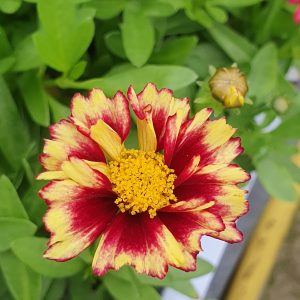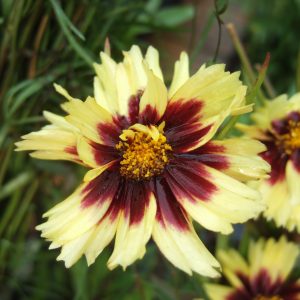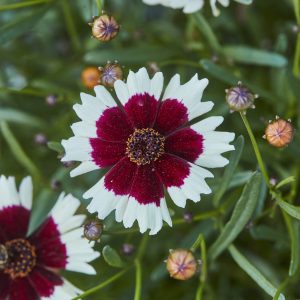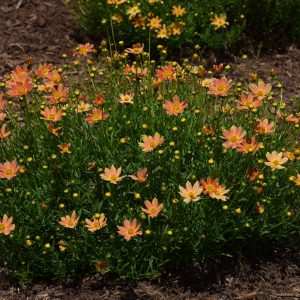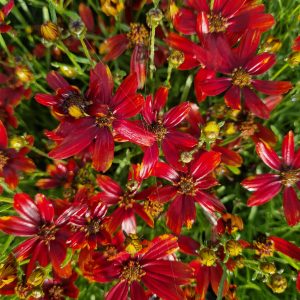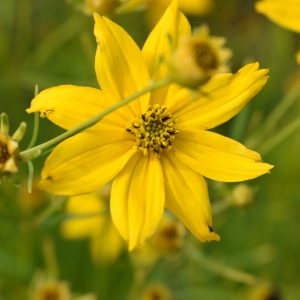Coreopsis, commonly known as Tickseed, is a delightful and low-maintenance perennial that brings vibrant colour to gardens. Follow this planting guide to ensure successful cultivation and a profusion of cheerful blooms.
Selecting the Planting Site
Sunlight Requirements: Choose a location with full sun. Coreopsis thrives in sunlight and produces more blooms in sunny conditions.
Soil Conditions: Plant in well-draining soil with a slightly acidic to neutral pH. Coreopsis is adaptable to various soil types but prefers moderately fertile soil.
Planting Time
Optimal Timing: Plant Coreopsis in the spring after the danger of frost has passed. This gives the plants ample time to establish before the hot summer months.
Planting Process
Prepare the Soil: Work the soil to a depth of 12 inches, incorporating organic matter such as compost for improved fertility.
Spacing: Plant Coreopsis according to the specific variety, but generally, space plants 12 to 18 inches apart to allow for proper growth and air circulation.
Plant Depth: Set the plants at the same depth they were in the nursery containers. Water thoroughly after planting.
Watering
Establishment Period: Water regularly during the first growing season to help establish strong root systems.
Drought Tolerance: Once established, Coreopsis is drought tolerant. Water when the top inch of soil feels dry, especially during prolonged dry spells.
Mulching
Organic Mulch: Apply a 2-3 inch layer of organic mulch around the plants. Mulch helps conserve soil moisture, suppress weeds, and insulate the soil.
Fertilisation
Minimal Fertilisation: Coreopsis doesn’t require heavy feeding. If the soil is nutrient-poor, you can top-dress with compost or a balanced fertiliser in early spring.
Support
Generally Unnecessary: Coreopsis typically doesn’t require staking. The sturdy stems usually support the blooms well.
Pruning
Deadheading: Remove spent flowers regularly to encourage continuous blooming. This also prolongs the flowering season.
Pest and Disease Management
Aphid Control: Keep an eye out for aphids, particularly on new growth. Use insecticidal soap or a strong stream of water to control infestations.
Good Air Circulation: Ensure proper spacing between plants to promote good air circulation and reduce the risk of fungal diseases.
Winter Care
Cold Hardy: Coreopsis is generally cold hardy. Mulch lightly in late Autumn to provide some protection in harsh winter climates.
Avoid Waterlogging: Ensure the soil drains well during winter to prevent waterlogging, which can lead to root rot.
Division
Periodic Division: Every 2-3 years, consider dividing mature Coreopsis clumps to rejuvenate the plants. This is best done in early spring.
Adaptation
Monitor and Adjust: Regularly monitor the overall health of your Coreopsis. Adjust care practices based on specific growing conditions and be prepared to address any adverse effects.



